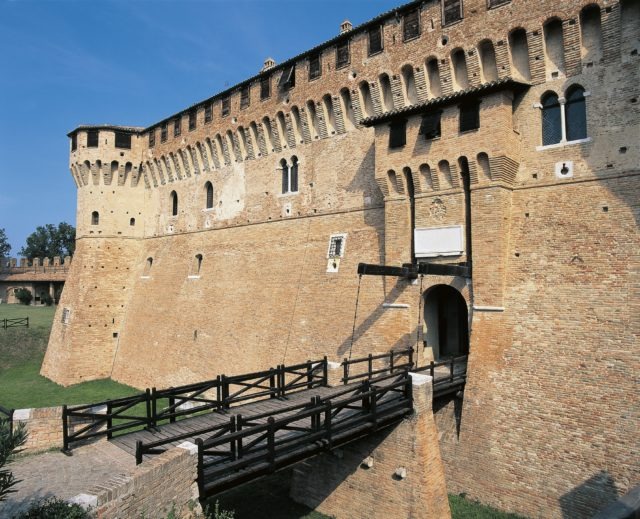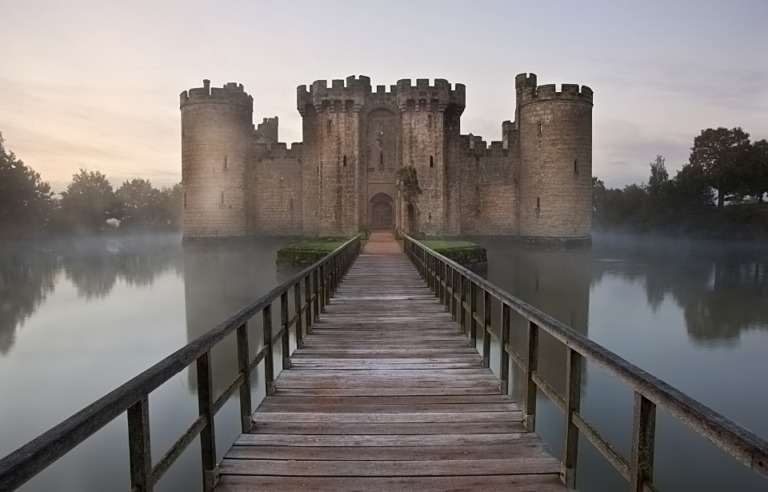
Many medieval castles have survived the test of time, and many of them also withstood the test of invasion from intruders. A variety of castle defenses were put in place to help ensure the safety of the people inside. This list highlights just a few of the features that made attacking a medieval castle a bad idea.
Arrow slit
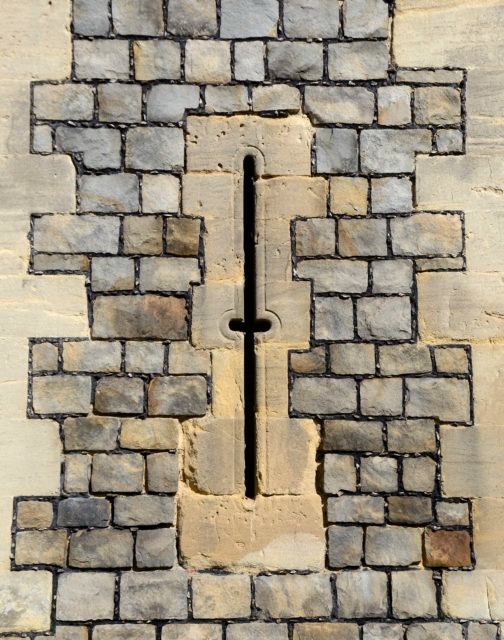
Arrow slits or loops are long vertical slits in castle walls that served as vital components of medieval defense. They were effective forms of protection, as invaders attempting to shoot at defenders would have a very small target to try and hit. Archers could shoot their arrows at approaching invaders while largely protected by the castle walls. In this way, defenders had a huge upper hand over their attackers.
Chemin de ronde
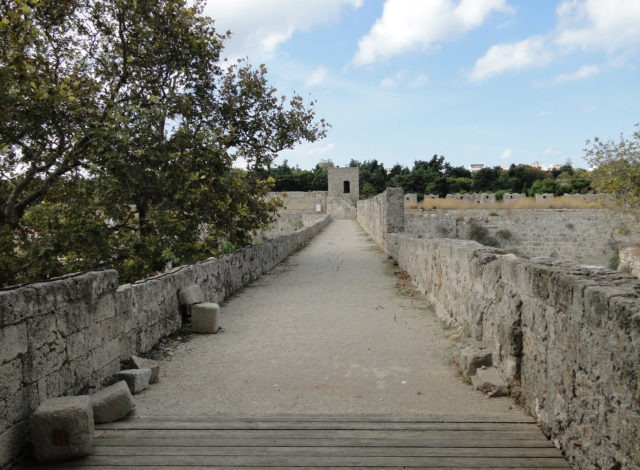
Chemin de ronde roughly translates to “walkway,” which is exactly what it was. Essentially, a pathway was built along the top of the castle that had short walls on either side to provide protection to castle defenders. These walkways served as a means for soldiers to move around the castle freely while still being protected from invaders. They also provided a way to observe from above, granting defenders a vantage point over their invaders and allowing them to attack from above.
Crenellation
These are the super recognizable series of notches or ‘teeth’ seen along the tops of castle walls and towers. The individual parts are called merlons or crenels. Crenellations provided extra protection as soldiers walked along the chemins de ronde. Soldiers could be stationed behind the merlons or crenels and attack invaders from above.
Moat
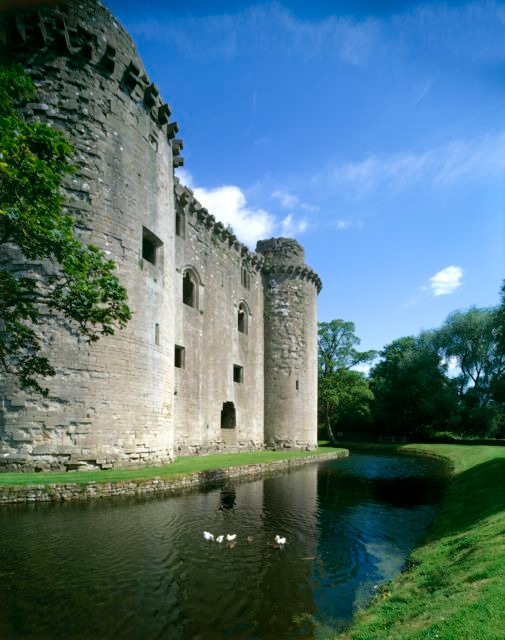
Moats are the large ditches that surround castle walls with a barrier of water. Invaders would have a very difficult time trying to break into a castle when there was a moat present. Trying to climb castle walls straight out of the water was a slippery and extremely difficult task. Moats could also be dry and equipped with spikes at the bottom. More importantly, moats prevented invaders from being able to dig under the castle walls.
Drawbridge
